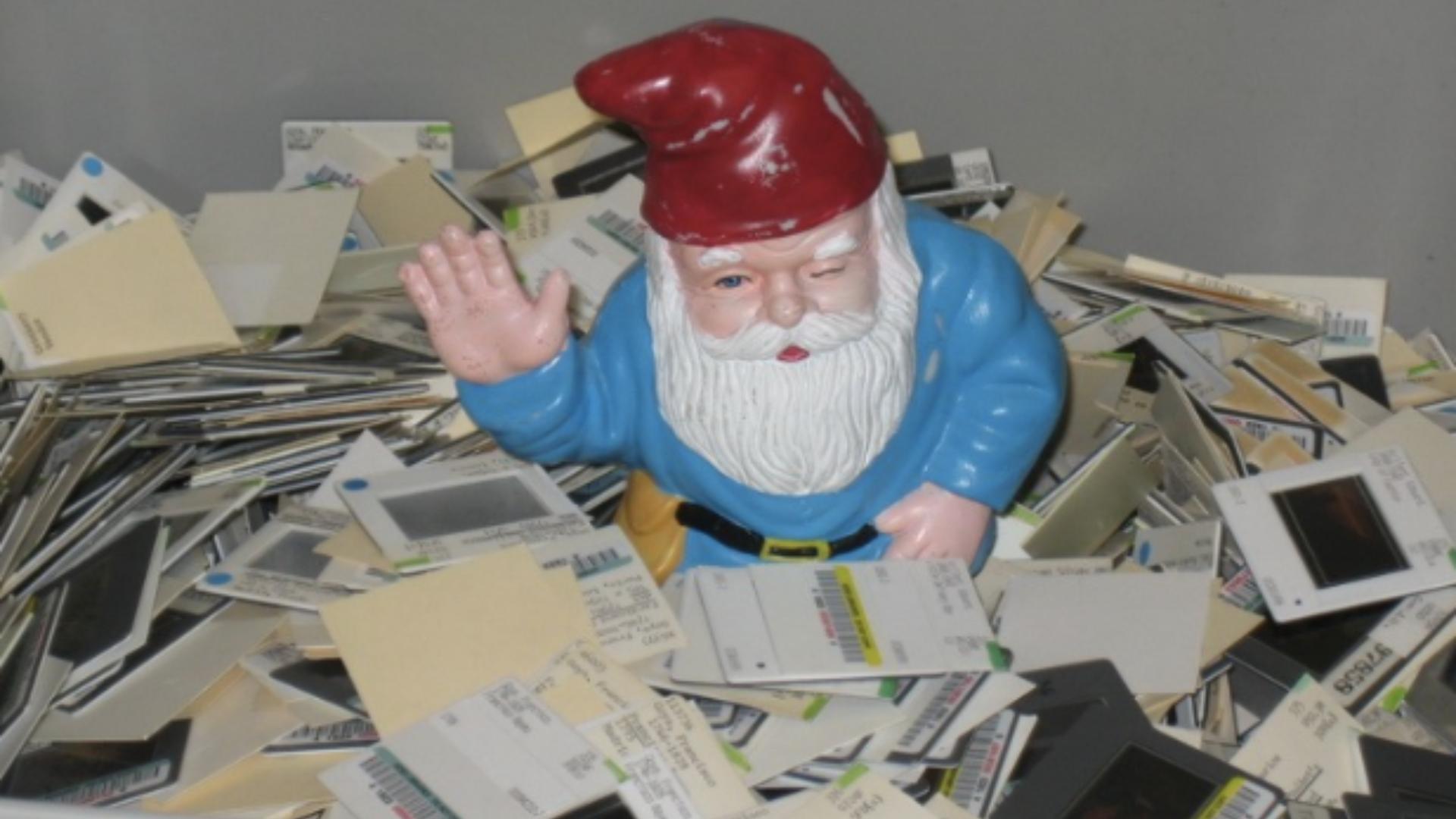Originally published on the JSTOR blog on 8/1/24
By Lia Friedman and Laura Schwartz
In this blog post, we celebrate a significant milestone for the UC San Diego Library: two decades of providing unparalleled access to digital images through Artstor. From its inception, the Library’s collaboration with Artstor has been transformative, revolutionizing how faculty and students utilize visual resources to enhance teaching and research across various disciplines. As we mark this 20-year anniversary, we also anticipate a new chapter as our collection transitions to JSTOR. Join us as we explore the legacy and future of UC San Diego’s collection!
Building the collection, one scan at a time
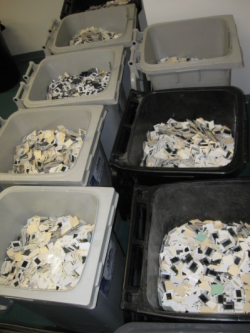 In 2001, the UC San Diego Art and Architecture Library (AAL) staff discovered Artstor, a groundbreaking initiative funded by the Mellon Foundation and designed to support the academic community with a vast collection of high-quality, well-cataloged digital images for teaching and research. Intrigued by the project’s potential, UC San Diego offered its extensive slide collection of 220,000 images as a foundational asset. These slides, cataloged according to standards such as Machine-Readable Cataloging (MARC), Getty Art and Architecture Thesaurus (AAT), and Library of Congress Subject Headings (LCSH), were ideally suited for the initiative.
In 2001, the UC San Diego Art and Architecture Library (AAL) staff discovered Artstor, a groundbreaking initiative funded by the Mellon Foundation and designed to support the academic community with a vast collection of high-quality, well-cataloged digital images for teaching and research. Intrigued by the project’s potential, UC San Diego offered its extensive slide collection of 220,000 images as a foundational asset. These slides, cataloged according to standards such as Machine-Readable Cataloging (MARC), Getty Art and Architecture Thesaurus (AAT), and Library of Congress Subject Headings (LCSH), were ideally suited for the initiative.
In 2002, the Library secured a Mellon grant to support the selection, documentation, and digitization of images. In partnership with Luna Imaging, Inc. in Los Angeles, we began scanning buckets full of slides for inclusion in Artstor’s base collection. In 2005, after years of creative workarounds, hands-on labeling of slides, metadata enhancements and long hours, nearly 200,000 images and their associated metadata—including LCSH—were made available through Artstor. Debuting as the “Image Gallery” on Artstor, this contribution marked a significant advancement in digital image access for educational and research purposes, reflecting UC San Diego Library’s commitment to enhancing scholarly resources.
Years of growth and impact
The UC San Diego collection, initially launched as the “Image Gallery,” was integral to the Artstor platform and later became known as the “Artstor Slide Gallery.” With Artstor’s transition to JSTOR, it was rebranded as the “Visual Arts Legacy Collection.” This resource has bolstered research and projects globally for the past two decades. UC San Diego librarians continue to receive inquiries about these images, underscoring their lasting impact. The collection is the most utilized on Artstor, both in terms of images accessed and added to image groups. In 2023, it saw 78% more usage than the next highest-used collection.
Given that the images were originally scanned to support prolific and influential artists and scholars working at UC San Diego, these metrics aren’t wholly surprising. Works by Babette Mangolte, Ricardo Dominguez, Manny Farber, Eleanor Antin, Susan Smith, Sheldon Brown, Allan Kaprow, Amy Adler, and more are available through the UC San Diego collection. Their research, collaboration with students, and the scholarship they created made for a unique and exciting mix that is reflected in this collection’s wide range of work types, disciplines, and artistic movements. From dance and photography to theater and landscape design, it is a broad, fascinating, and sometimes unlikely mix.
Challenges, innovations, and reflections
Despite its success, the project was not without challenges, particularly with image quality for a small percentage of files. It is important to note that these resources were valued as much for their metadata and subject headings as for the images themselves. The existence of these visual resources for research was the primary goal, even as LCSH subject headings have since evolved. This collection portrays a moment in time, even as we move towards more equitable and inclusive descriptions.
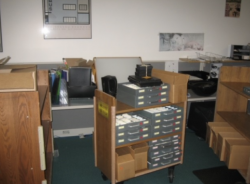 Many colleagues who were instrumental in preparing the images and metadata for Artstor have since retired. We recently connected with them to ask what they remember about the project and what they thought of the project’s impact on teaching, learning, and scholarship. While some recalled the hard work of organizing and digitizing the slides, others reflected on the joy of holding a slide up to the light and realizing how incredible it would be to have these physical slides available online. Over the years, many other libraries, faced with scanning their own slide collections, have reached out for support and guidance, inspired by our success.
Many colleagues who were instrumental in preparing the images and metadata for Artstor have since retired. We recently connected with them to ask what they remember about the project and what they thought of the project’s impact on teaching, learning, and scholarship. While some recalled the hard work of organizing and digitizing the slides, others reflected on the joy of holding a slide up to the light and realizing how incredible it would be to have these physical slides available online. Over the years, many other libraries, faced with scanning their own slide collections, have reached out for support and guidance, inspired by our success.
Greg Reser, from the Arts and Architecture Library, shared: “I remember the complicated mix of analog and digital solutions we came up with to make the project work. We tracked the packing, shipping, and return of the slides with a combination of barcodes, colored markers and stickers, spreadsheets, and MARC records. The required metadata enhancements turned me into an Excel and MarcEdit enthusiast and did more to advance my technical skills to a level that surprised me. When the dust settled and I saw our images on the Artstor platform, I had a sense of what we achieved, and it remains one of my proudest accomplishments.”
Transition to JSTOR and looking ahead
Since those early days, the Visual Arts Legacy Collection has continued to serve as a broad and deep online resource for teaching and research in the arts, humanities, and social sciences. With the upcoming sunset of the original Artstor website on August 1, 2024, and the move of its content, key resources, and functionality to JSTOR, we are excited about reaching a broader audience and fostering more scholarly connections. As one of the original Artstor contributors, we celebrate the profound impact this resource has had on UC San Diego and beyond and look forward to its continued success on JSTOR.
About the Authors
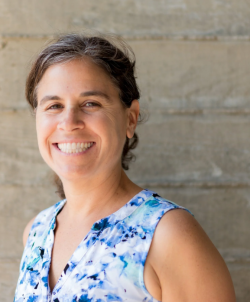 Laura Schwartz is the Program Director for Content Acquisition & Resource Sharing at UC San Diego Library. She previously served as the Arts & Humanities Collection Strategist/Visual Arts Library at UC San Diego and the Head Librarian of the Fine Arts Library at The University of Texas at Austin.
Laura Schwartz is the Program Director for Content Acquisition & Resource Sharing at UC San Diego Library. She previously served as the Arts & Humanities Collection Strategist/Visual Arts Library at UC San Diego and the Head Librarian of the Fine Arts Library at The University of Texas at Austin.
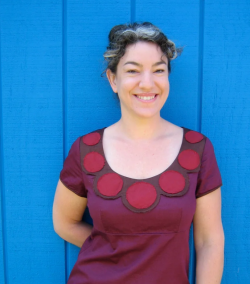 Lia Friedman is the Librarian for Visual Arts, Architecture and Film Studies, Communications and Critical Gender Studies at UC San Diego. Prior to that she was Instruction and Outreach Librarian at the UC San Diego Art and Architecture Library (AAL), Head of Public Services at AAL, and the Program Director of Learning Services.
Lia Friedman is the Librarian for Visual Arts, Architecture and Film Studies, Communications and Critical Gender Studies at UC San Diego. Prior to that she was Instruction and Outreach Librarian at the UC San Diego Art and Architecture Library (AAL), Head of Public Services at AAL, and the Program Director of Learning Services.
Archival Photos Provided By: Susan Sweatt

